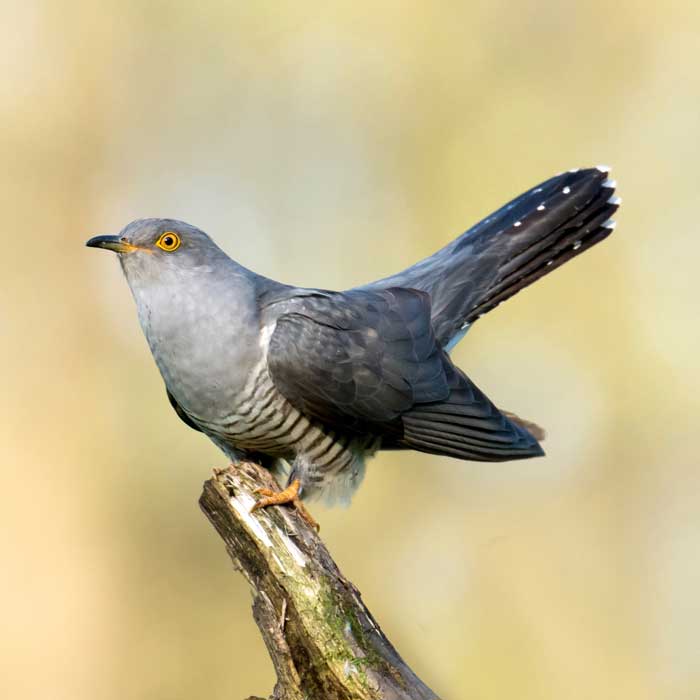
cuckoo
Known for its parasitic breeding behaviour and distinctive call, the cuckoo is a fascinating bird species with a wide distribution. This fact sheet provides a detailed overview of the biology and ecology of the cuckoo and highlights the importance of its protection and conservation in natural and human habitats.
cuckoo Products
-
Animal display cuckoo
Regular price From 19,90€Regular priceUnit price / per -
Animal stand cuckoo - outdoor set
No reviewsRegular price 25,30€Regular priceUnit price / per -
Animal set - forest birds
Regular price 329,90€Regular priceUnit price / per369,90€Sale price 329,90€Sale
Profile: cuckoo
-
Scientific classification
- Class: Aves (birds)
- Order: Cuculiformes (cuckoo birds)
- Family: Cuculidae (cuckoos)
- Genus: Cuculus
- Species: C. canorus (Cuckoo)
-
Physical characteristics
- Size: Body length of 32-34 cm
- Weight: 90-130 g
- Special features: Long-tailed body, grey-brown plumage with dark horizontal stripes, distinctive light eye ring, striking call.
-
Habitat and distribution
- Common regions: Europe, Asia, Africa
- Habitat: Diverse, from forests to open landscapes to gardens and parks; prefers areas with dense vegetation and abundant food.
-
Nutrition
- Diet: Insectivore
- Typical food: mostly caterpillars, beetles, grasshoppers and other insects, occasionally also small vertebrates and eggs.
-
Reproduction and lifestyle
- Breeding season: spring to summer
- Brood parasitism: Female cuckoos lay their eggs in the nests of other bird species in order to take over brood care.
- Nestling phase: Cuckoo chicks throw the eggs of the host birds out of the nest and are raised by them.
- Social structure: Mostly solitary outside the breeding season.
-
Lifespan and protection status
- Life expectancy: Up to 6 years in the wild
- Threat status: Not threatened, but habitat loss and fragmentation and declines in host bird species may affect local populations.
- Conservation measures: Preservation and protection of habitats with suitable breeding sites and food sources, monitoring and research on the population situation.



